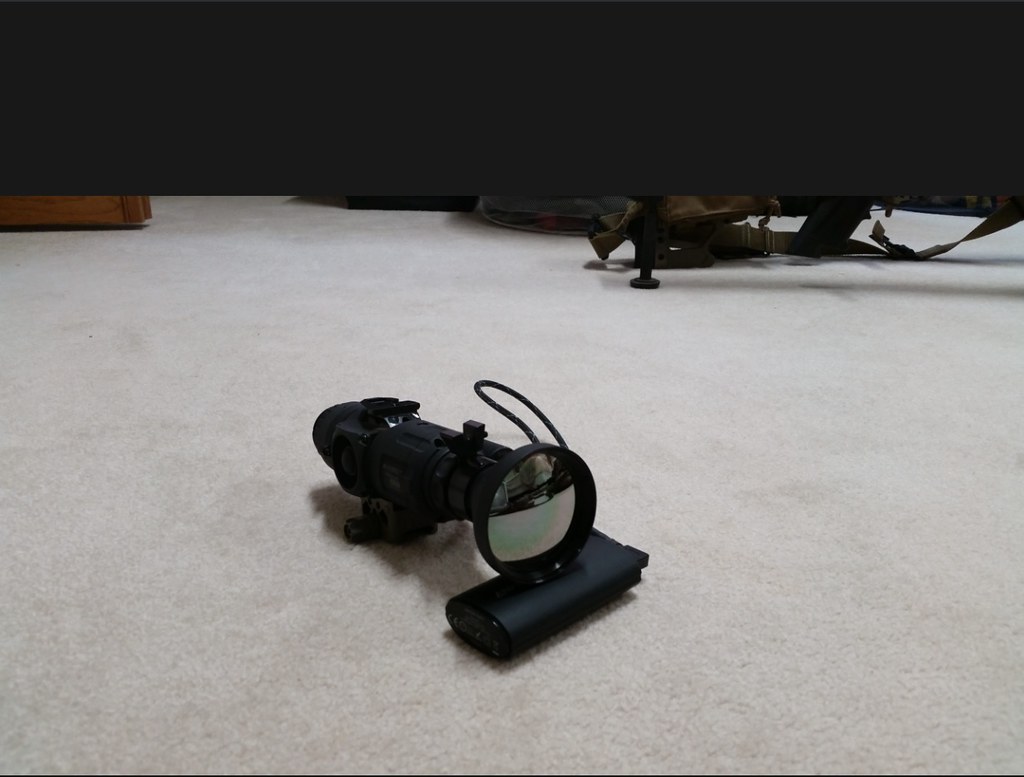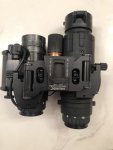My conditions (in central mid-west) are not quite the same as in the South ... as we have -20F temps in the winter and 100F in the summer ... so we have a lot of variation in conditions ... but the ideas for optimizing thermal image are the same regardless of the thermal or the location ...
Here are the main ideas i've come up with ..
==
01 NUC often ... and this varies with conditions ... I sometimes nuc every few minutes all the time I have the thermal on. Other nights not so often. But as a general rule, nuc about 5 times in the first 5 mins and then at least every 15m after that. After a while, you'll be able to tell when you need to nuc. And its better to nuc when you don't need to (like right before you turn on a call) than need to nuc when you can't ... like when you have a critter in your sights. And I don't use auto nuc ... use manual nuc. Then I am in charge of the distruption timing and the noise (if any). When doing 360s ... if I am looking up hill during part of the 360 .. .I'm looking at the sky .. .which is really cold .. and that throws things off ... and I find I need to nuc after every such 360.
02 - Brightness ... a lot of people crank the brightness way up ... in some conditions that is bad ... As your eyes get used to the night turning down the brightness also helps preserve a little bit of your natural night vision. When in doubt, turn the brightness down another notch.

More brightness can also increase washout in poor thermal conditions.
03 - Gain/Contrast. Leave it in the middle (on 5 as a number) in good conditions ... but as the thermal conditions deteriorate, crank it up 1, 2 or 3 clicks. The image will get grainer, but you'll be able to see more. You are fighting washout, due to things like rain, snow, ice, wind. The trade off is more graininess in exchange for being able to see more ... mostly more of the terrain ... the critters will still be visible. But you want to see the terrain to maintain your orientation and give clues about the range.
04 - Inversion. In general I run thermals on black hot. But when I am PIDing something a ways out there, I will invert to white hot, sometimes I can see things differently and get a better PID. Then switch back to black to shoot. So when PIDing, if not sure, try inverting, sometimes it helps.
05 - Magnification. You might think higher (digital) magnification (or on day scope with a thermal clipon) screws up the image. Well and it does make it fuzzier, especially 4x and 8x. But I've been able to SEE MORE on 4x on several occasions. So try it. Don't pay attention to the "fuzzy" pay attention to what you are looking at, you might see more detail and that can help with your PID. I saw a black dot one night, and after cranking up the magnification to 4x digital on mk3 60mm I could see head of a critter - in low ground so only the head - chewing on something ... on native 4.5x all I saw was a black dot).
06 - Focus ... now the REAP is fixed focus ... but its pretty good. The XP has manual focus, this is good, but you have to use it ! Turn that focus knob ! Turn it untiil the image gets fuzzy, then turn it the other way until the image gets fuzzy then try to put it in the middle. In general set it to 100yds ... but when look at something 500yds away adjust it.
Don't hunt for the one setting where you can set it and leave it. Turn those knobs and push those buttons. Experiment. Learn how to continuously optimize your image when you are out there!










